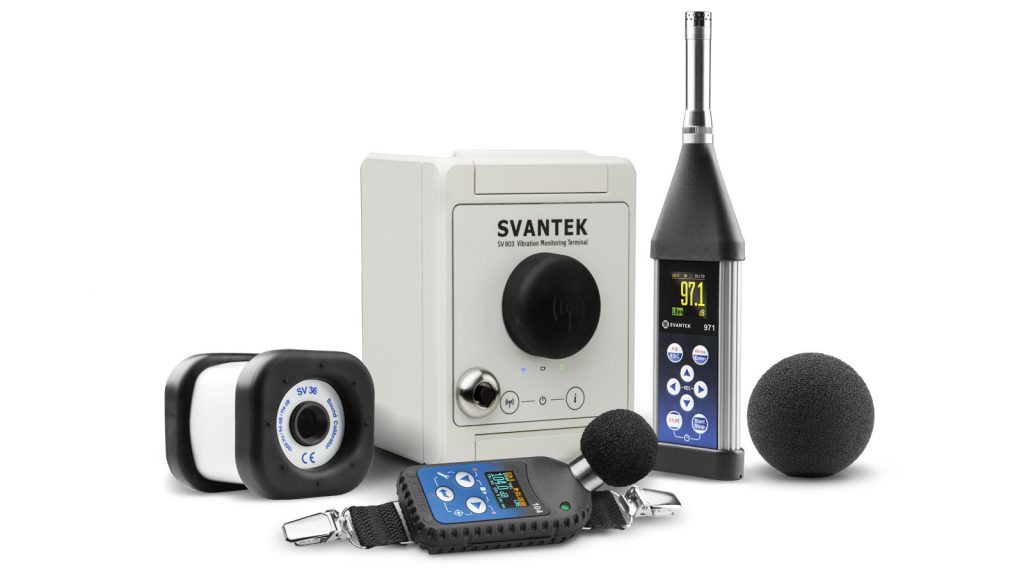Applications
Applications of Svantek’s sound and vibration level meters include a diverse range of fields, including industrial, occupational, and environmental. Svantek meters are designed to meet British requirements for assessing airborne, impact, and facade sound insulation in buildings, as well as for speech transmission measurements. In industrial settings, Svantek meters are used for machine vibration as well as occupational noise assessment. In environmental applications, Svantek meters are utilized for noise and vibration monitoring systems to monitor the UK’s transportation routes (road, rail, and air traffic) as well as urban noise in cities.
